Console tables display. Sideboards store. That's the simple difference between these lookalike furniture pieces. Discover which one works for your space, lifestyle, and budget in our complete guide.
You're standing in the furniture store, looking at a console table and a sideboard. They both have drawers, similar heights, and wood finishes. Which one do you need?
These two pieces actually belong in different rooms and serve different purposes. Yet most furniture websites list them in the same category, using vague descriptions that don't help you decide.
We spent hours researching both pieces to create this clear comparison. You'll learn about the differences in their sizes, best locations, and storage differences. Plus, we'll show you exactly which situations call for each piece.
What is a Sideboard?
A sideboard's main purpose is to store dining room essentials. These long, low cabinets typically sit against the dining room wall, opposite your table.
Behind its cabinet doors and drawers, you'll find generous storage designed for dishes, silverware, and table linens organized and protected. The broad top surface serves double duty—buffet space during parties or an everyday display area.
Most sideboards hug the ground on short legs or rest directly on the floor. This grounded design provides the stability needed to support heavy dishware collections inside.

What is a Console Table?
A console table features a simple, open design—tall and narrow with just a tabletop on four legs, maybe one shelf below. This furniture piece serves a decorative purpose first, storage second. Some models include drawers for storing small items, but the overall structure stays light and airy.
Console tables provide a stylish surface for displaying lamps, artwork, or vases. In entryways, they become drop zones for keys and mail. Behind sofas, they hold accent lighting and decorative objects.

What is the Difference Between a Sideboard and a Console Table?
Now that you understand each piece individually, let's compare them directly. The differences become clear when you look at their size, storage, and purpose.
Height and Width
Sideboard: These pieces sit low and wide, usually reaching waist height or lower. They're deep enough to hold dinner plates, serving platters, and small appliances comfortably.
Console Table: These stand taller but are much narrower. Their slim profile lets them fit against walls.
Storage
Sideboard: Built for serious storage with multiple cabinets and drawers behind solid doors. You can store complete dish sets, table linens, and seasonal decorations out of sight.
Console Table: Minimal storage designed for display rather than hiding things. The open top and maybe one shelf below hold decorative items or daily essentials within easy reach. Some models include small drawers, but nothing like a sideboard's capacity.
Placement
Sideboard: Most people place them along dining room walls, in large living rooms, home offices, or even bedroom sitting areas with plenty of floor space.
Console Table: Their narrow build fits almost anywhere. They work in tight entryways, narrow hallways, behind sofas, or even in bathrooms where space is limited.
Function
Sideboard: The main job is organizing and storing dining essentials. It keeps your good dishes, silverware, serving pieces, and entertainment supplies in one convenient location.
Console Table: These pieces mainly display decorative objects and provide convenient surfaces. They hold lamps, photos, and artwork while offering a spot for keys and mail.
Aesthetics
Sideboard: The design feels substantial and grounded with short legs or floor-sitting bases. This heavy look creates a strong visual anchor in your dining area.
Console Table: The open, leggy design keeps rooms feeling spacious and uncluttered. Even in small spaces, they add function without making the area feel cramped.
Console Table or Sideboard: Making the Perfect Choice
Choosing between a console table and a sideboard isn't about which one is better overall. It's about finding the piece that fits your specific needs and space.
Assessing Purpose
Start by defining what you need this furniture to do. Your main goal will point you toward the right choice.
- Storage needs: Sideboards hide dishes, linens, board games, and seasonal decorations behind deep cabinets and drawers. Families with kids especially love how sideboards hide toys and craft supplies during dinner parties.
- Display needs: Both pieces work for display. Console tables showcase lightweight decor like vases, photos, and small sculptures on their open surfaces. Sideboards offer protected display space on top while keeping valuable china or glassware safe inside glass-front cabinets.
- Daily functions: A sideboard gives you plenty of surface for setting up buffet dinners or holding coffee makers and wine collections. A console table near the door becomes your landing spot for keys, mail, and sunglasses—plus a mirror above helps with last-minute appearance checks.
Measuring the Space
Once you know the purpose, measure your available space carefully.
- Dining room sideboards: Measure the wall length, but also think about movement. Many people forget to measure with doors open and end up blocking walkways.
- Hallway console tables: Your table shouldn't stick out more than one-third of the hallway width. In narrow spaces, even an inch too deep makes the difference between a comfortable passage and constant hip-bumping.
- Behind-sofa placement: The console should sit lower than your sofa back. Length-wise, choose a table about two-thirds of the width of your sofa for the best visual balance.
Matching the Style
Your new piece should complement your existing decor while meeting your needs.
- Visual weight: Sideboards bring substance to a room with their solid forms and closed fronts. They ground formal dining rooms and balance heavy furniture groupings. Console tables keep spaces feeling open with their leggy designs and minimal footprints.
- Room formality: Traditional dining rooms often call for matching wood sideboards that coordinate with dining sets. Modern spaces welcome sleek console tables in metal or glass that add style without bulk. Mixed-style homes can go either way depending on the specific room.
- Existing furniture: Look at what you already own. A room full of substantial pieces might need a sideboard to match that visual weight. Spaces with delicate furniture often benefit from a console table's lighter presence.
- Long-term style: Sideboards commit to formal dining and entertaining. Console tables offer more flexibility as your style evolves. They transition easily from traditional to modern looks with just a change in accessories.
How to Style a Sideboard?
Once you've chosen a sideboard, you have a great canvas for showing your style. Smart styling turns this practical piece into a beautiful focal point for your room.
Create a Focal Point
Your sideboard's long surface gives you plenty of room to create an eye-catching display. Start by hanging a large mirror or artwork on the wall above the center.
Place a tall lamp on each end of the sideboard. These add height and light while framing your display nicely. Between the lamps, arrange items of different heights to keep things interesting.
Try these combinations:
- Stack of books, decorative bowl, small potted plant
- Framed photos, candles, ceramic vase
- Vintage clock, sculpture, fresh flowers
Keep odd numbers in mind—groups of three or five look more natural than even numbers.
Ready for Guests
Sideboards work perfectly as bar areas when you have guests. Use a nice tray to organize bottles, glasses, and bar tools. Add an ice bucket and cocktail shaker for a complete setup.
When party time comes, clear the surface completely. Now you have a beautiful serving station for food and drinks.
Beyond the Dining Room
In living rooms, sideboards make great TV stands. Their length supports large screens perfectly. The cabinets below hide cable boxes, game systems, and all those messy wires.
You can also style bedroom sideboards with jewelry boxes, perfume bottles, and family photos for a personal touch.
How to Style a Console Table?
Console tables shine at making great first impressions while solving everyday problems. The right styling makes them both beautiful and useful throughout your home.
The Welcoming Entryway
Your entryway console sets the tone for your entire home. It needs to look good and work hard.
Place a decorative tray or bowl on top for your daily essentials. This becomes your spot for keys, wallets, and mail. Add fresh flowers or a small plant to bring in some life.
Hang a mirror above the console table. You'll use it for quick appearance checks before heading out. The mirror also reflects light, making small entryways feel bigger and brighter.
Behind Your Couch
A console table behind your sofa creates a smart division in open floor plans. It defines your living area without blocking the view or foot traffic.
Set up matching table lamps on each end. These provide perfect task lighting for reading without taking up side table space. Between the lamps, you have room for decorative items at varying heights.
The surface becomes a handy spot for:
- Drinks when entertaining
- TV remotes and coasters
- Small plants or photo frames
- Books and magazines
Keep the styling simple. Too many items make the space feel cluttered on both sides of the sofa.
Room by Room Ideas
Console tables adapt to different rooms based on your specific needs.
- Bedroom setup: Float a console against the wall with a large mirror above. Add a cushioned stool underneath and small storage boxes on the surface. This creates a vanity area without buying specialty furniture.
- Dining room solution: In smaller dining rooms, a console replaces a bulky sideboard perfectly. Style it with a lamp, serving pieces, and a small bar setup. During dinner parties, clear it off for a buffet surface.
- Home office hack: Mount a console to the wall at desk height. Add a comfortable chair and desk accessories. This workspace solution takes up minimal floor space while providing full functionality.
- Hallway helper: Long hallways benefit from a narrow console halfway down. It breaks up empty wall space and provides a surface for family photos or seasonal decorations.
Making Your Choice
Sideboards offer serious storage solutions, hiding away dishes, linens, and everyday clutter. Console tables bring style to tight spaces, creating beautiful focal points in hallways and entryways.
Consider what matters most—storage capacity or space-saving style. Measure your available space carefully. With these two factors clear, you'll pick the perfect piece for your home.
Make your choice come to life with Belleze. Our console tables hold your keys every evening, while our sideboards keep dinner parties stress-free. Each piece arrives with clear instructions—most customers set them up during halftime. Browse our collection today and enjoy your new favorite furniture piece by next weekend.
Read More:
Can You Use a Sideboard as a TV Stand?
Sideboard vs Buffet vs Credenza
Can You Put a TV on a Console Table?
What Is the Difference between a Console Table and a Side Table?


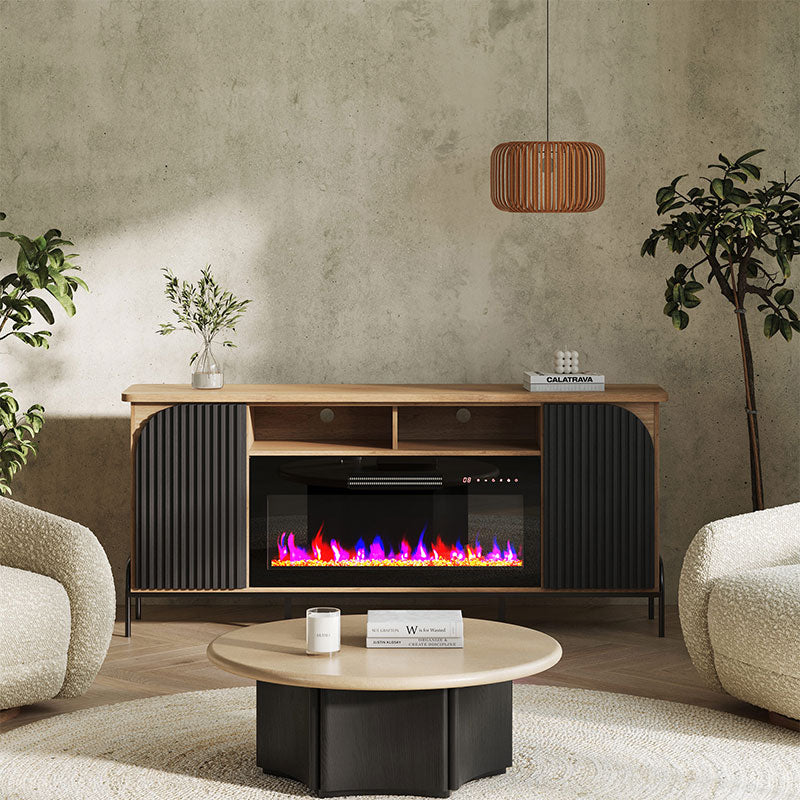



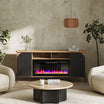

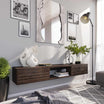




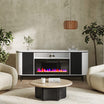
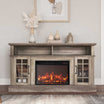
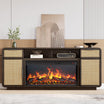
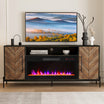

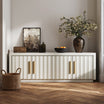
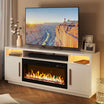
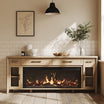








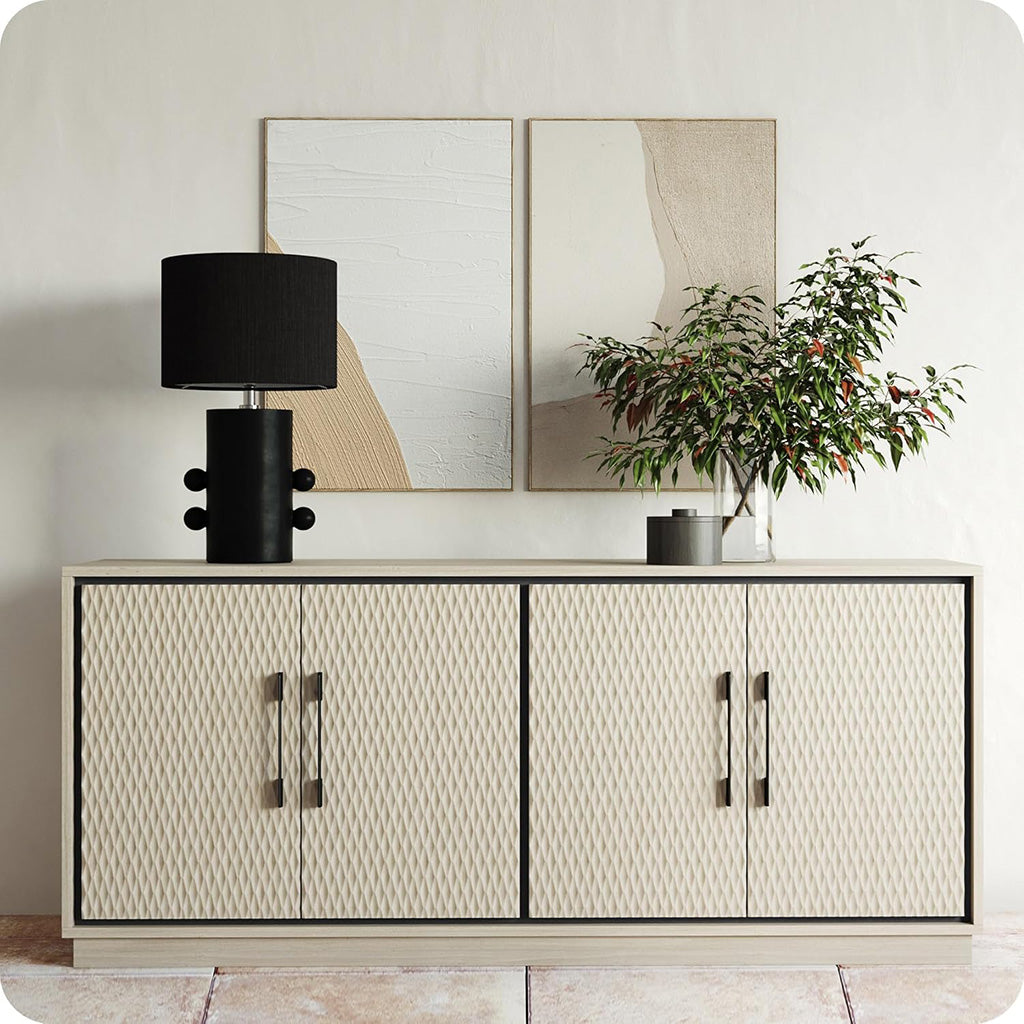
Leave a comment
This site is protected by hCaptcha and the hCaptcha Privacy Policy and Terms of Service apply.